HEALTH EDUCATION INITIATIVE
The Innate Immune System

(Co-authored by Dr. Peter Cummings)
We are interconnected.
During this most extreme collapse of human health in our history, we have made a startling discovery: human cells are not at the center of human health. Instead, it’s the cells within our microbiome, functioning as the life-giving soil within our gut and internal organs, which is at the core. The microbiome guides human health and is one of the most important contributors to the functioning of our immune system.
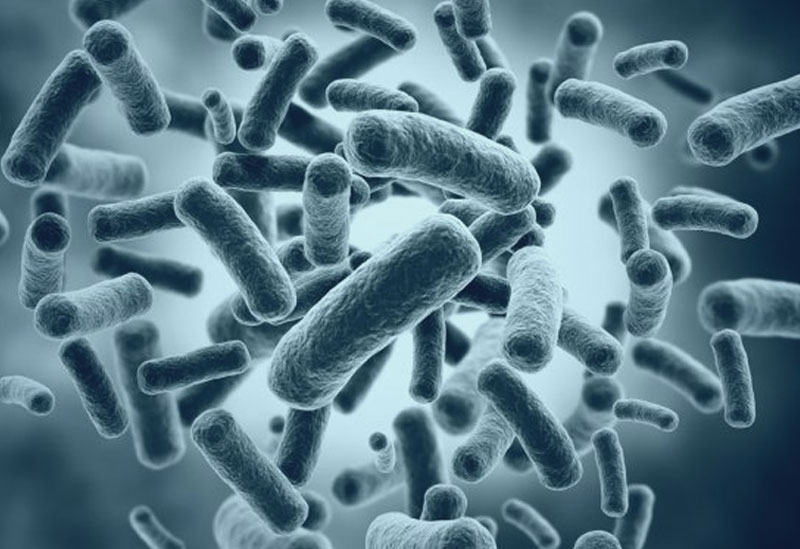

For centuries, Western medicine has waged war against microbes with the goal being to sterilize the world around us.
Ironically, this war against microorganisms is not saving us. It’s killing us. The microbes we are destroying are the direct link between our bodies and the Earth. The dramatic increase in human disease we are currently experiencing is a symptom of the failing health of our planet.
The warrior mentality has also led to a mischaracterization of the innate immune system where it is often described as a protective barrier separating us from the perceived threats of nature. When you consider that over half of the human genome is of viral genetic origin, you have to wonder how significant is this threat and is there even a threat at all. Our ability to interact with nature at a biological level is paramount to our survival. The innate immune system is not fighting against nature, it’s an intelligent, dynamic, living mechanism connecting us to nature and keeping us in a balanced relationship with nature by promoting biodiversity— not eliminating it. We have to coexist with the microorganisms that surround us and it’s the innate immune system via the gut microbiome that assures balance between protection and adaptation.
When you hear the term “immune system” you probably think of a loyal group of cells valiantly fighting off a constant barrage of dangerous microbes determined to invade and destroy our bodies.
We are lead to believe Immune cells are the great warriors fighting off threats from our environment keeping us safe and sterile. The immune system is an impenetrable net from which no virus or bacteria can escape. Threats are identified and eliminated. As we’ll see this isn’t really the whole story.
Traditionally, the immune system has been divided into two categories based on function: innate immunity and adaptive immunity.
Innate immunity is the first line of defense and relies on structures and cells already in place. Adaptive immunity houses the reinforcements and produces specific responses to foreign material and maintains a memory of what threats its encountered.
In this article, we are just going to focus on the innate immune system.
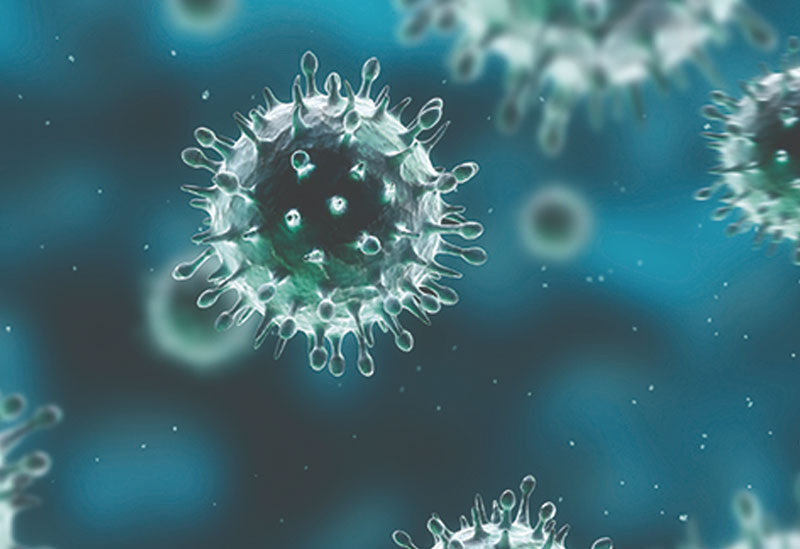

In the traditional way of thinking, the innate immune system is a series of barriers that can be separate into two categories: structural and functional.
1.) Skin
2.) Cells lining the intestines
3.) Stomach acid
4.) Cells lining the airway
5.) Blood-brain barrier
6.) Tight junctions
(regions of cell membranes where the cells are joined to one another)
Water is essential for all of the biochemical reactions in the nervous system and is a vital substrate in the conversion of food to energy in neurons. When you are dehydrated, you have trouble concentrating and remembering things. You also can have difficulty performing complex cognitive tasks, such as creative thinking or doing math.
Dehydration can also worsen symptoms of anxiety and lead to panic attacks. When you don’t drink enough water, your body releases the stress hormone, cortisol, and this may lead to an increased heart rate, headaches, fatigue, and light headedness – all of which can trigger or worsen feelings of stress and anxiety.
Drinking water has been found to have a calming effect, probably as a result of preventing and reducing the symptoms associated with anxiety. Several research studies have found that drinking adequate amounts of water helps to improve mood stabilization in moments of high stress. Grabbing a glass of water may be just the stress reliever you need.
Surround your neuronutrition strategy around water intake. Making sure you’re staying hydrated is an important first step. Some resources say that you should drink half your body weight in ounces of water every day (I am about 180lbs, so that is around 90 ounces of water a day). But this estimate is not enough for most active people. The American College of Sports Medicine suggests adding 12 ounces of water to that amount for every 30 minutes of activity. That means if you exercise an hour a day, you need to add 24 ounces of water to your recommended amount.
Foods that limit inflammation are also important for maintaining proper brain function. This fact is probably the result of ingesting foods that provide calories which burn efficiently and don’t produce nasty byproducts.
Foods that limit inflammation are easy to find and taste great. Green leafy vegetables such as spinach, kale, and cabbage contain high levels of antioxidants, vitamins, and minerals. Some medical studies have concluded that consuming one serving a day of green leafy veggies can reduce the risk of developing Alzheimer’s disease and cognitive decline.
Berries are also great sources of antioxidants and vitamins. The pigments in berries, called flavonoids, have been shown to improve memory and concentration. And flavonoids are not unique to berries; any brightly colored fruit or vegetable contains high levels. A good memory cue is to ‘eat the rainbow’ – keep your foods colorful.
Eating healthy doesn’t mean you have to give up all sweets. Dark chocolate is a great source of antioxidants and flavonoids. That doesn’t mean go grab a dark chocolate candy bar and load up. However, just like with all things in life, moderation is key. If you’re going to go for the dark chocolate, it’s recommended to keep it to 20-30 grams a day and look for brands with 70% cacao.
Whole grains, such as brown rice, oats, barley, breads, and some pastas contain high amounts of antioxidants and vitamin E. Some medical studies show vitamin E can improve cerebral blood flow. There are also studies that have demonstrated reduced chronic inflammation and improved memory in individuals who consume whole grains.
One of the most well studied and documented foods that promotes brain health is fatty fish. Fish such as salmon, cod, trout, and sardines contain high levels of omega-3 fatty acids. Our brains contain a high amount of fat. In fact, over 25% of your body’s cholesterol is in the brain. Brain fat is vital for neuron cell wall health and establishing neuronal connections. Brain fat also plays a major role in repair and restoration known as plasticity. If you can’t eat fish, you can get your omega-3 fatty acids in pills or in flax seed.
Another great source of omega-3 fatty acids and antioxidants is nuts and seeds. And for those individuals following a paleo diet plan, nuts and seeds can be a great source of vitamin E. Not only are they tasty, they have the added benefit of being high in protein.
The functional components are complex and involve a multitude of cells and biochemical cascades.
1. Cells
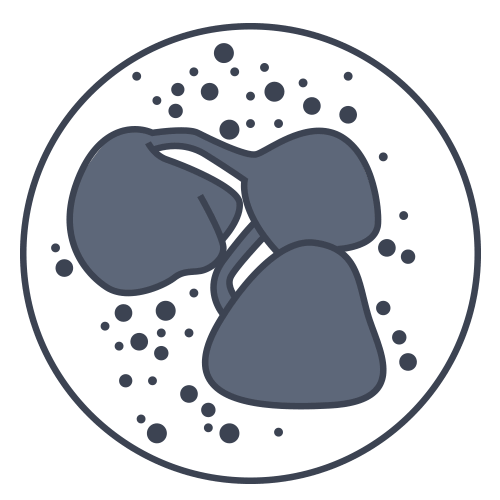
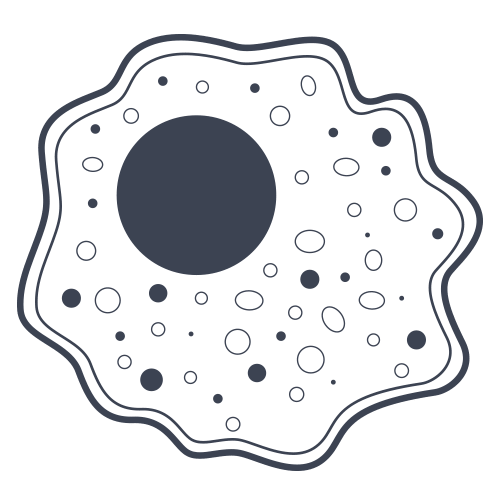

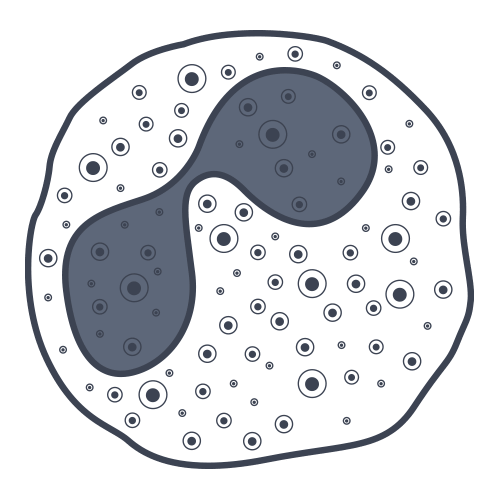

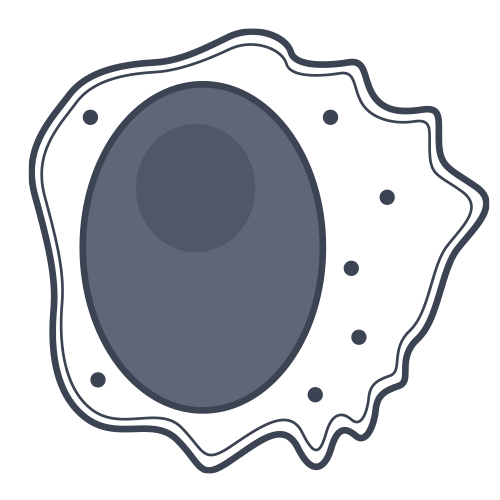
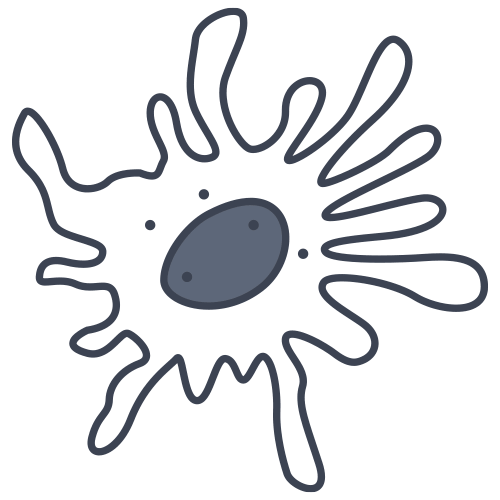
2. Biochemical Cascade
3. Genomic Editing
The replication of RNA viruses and some DNA viruses generate perfectly base-pared double stranded genetic fragments in the cytoplasm of our cells. These perfectly paired double stranded fragments are unusual in humans and are recognized by the innate immune system as ‘foreign’. In molecular biology the fragments are called Pathogen Associated Molecular Patterns (PAMP’s). Our innate immune system recognizes the PAMPs as foreign through specialized receptors in our cells called Pattern Recognition Receptors (PRR’s). The PRR’s join up and coat the double stranded fragment of RNA or DNA. Once the fragment is coated by PRR’s, it moves to the nucleus of the cell where it sets off a series of innate immune reactions designed to ‘check out this stranger.’ In some instances, antiviral proteins become activated and the genetic fragment is degraded. In other instances the sequence is read by our own genetic machinery and essentially scanned for any potentially useful information. If something of interest is found, it can be edited and integrated into our genome.
Integration of viral genetic information into the human genome was once thought to only happen so that the virus could survive and multiply. In fact, the innate immune system often allows vital genetic information into our genome as a means to improve our own code— much like the way a systems update improves the operation of our computers.
Historically, integration of viral genetic information into our genome has provided an important means of increasing our biodiversity. Over 50% of our entire genome can be traced to a viral origin. Many of the ancient viral genetic programs have allowed us to thrive as a species. It is being increasingly appreciated that viral genes control many of our physiological functions and metabolic pathways. Some researches have referred to the process of integrating viral genetic elements into our own genome as ‘genetic domestication’.
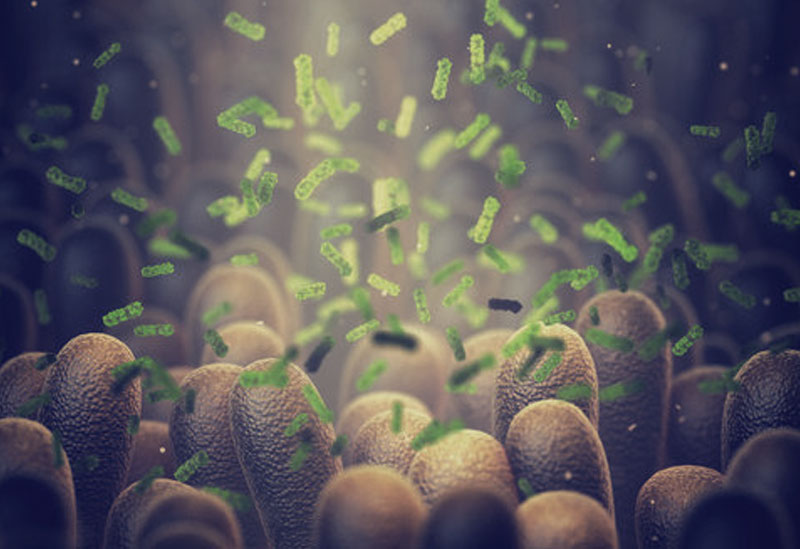

4. The Gut Microbiome
As we learned in the nutrition webinar, the gut microbiome has important immune functions.
Being on the front line, and one of the few regions of the inner body being in direct contact with elements from the outside world, the gut microbiome has evolved to have a mutually beneficial relationship with many microbes we often think of as being pathogens. Immunity isn’t always about ‘the fight’, sometimes it’s about evaluating if there may be a survival advantage to allowing a foreign microbe into our system. The gut microbiome lives in harmony with millions of other bacteria, fungi and viruses. Often not only are these microbes allowed to live inside us, but their genetic information is transferred to our genome through the actions of the gut microbiome. Millions of years of evolution have put the gut microbiome at the center of the innate immune response where it manages the delicate balance between gut repair, threat mitigation, and promoting genomic diversity.

The human body isn’t as delicate as we are led to believe— we are actually quite resilient. We don’t live in a world where we are under constant attack by nature.
It’s really the other way around: the destruction of nature by humankind has ultimately altered our biology to a point where we have had to maladapt to our self-created toxic environment. The human species has become a parasite of planet Earth. We are the disease. The microbiome is the key to a healthy immune system. As we increase the toxicity of our lives through contaminated food, air, water and mental stress, we prevent the microbiome from performing its life-giving functions.
It’s important to remember that the immune system isn’t simply a war machine, it also has important restorative and regenerative functions in our bodies. When our microbiome is suffering the reparative actions of the immune system are inhibited and the balance is tipped from health to illness by triggering an immune attack upon ourselves which manifests as chronic disease.
As the health of our microbiome suffers and chronic inflammation becomes a smoldering wildfire within our bodies, the cells of the innate immune system providing the structural barrier to the outside world degenerate. The tight junctions between cells fail and our gut becomes leaky, allowing vital nutrients to be lost and unwanted toxins to accumulate. Our blood brain barrier also falls apart allowing environmental toxins such as heavy metals to deposit in our brains. The functional comments of the innate immune system over-activate causing the release of cytotoxic chemicals which further promote inflammation and allergic reactions. As a result we are overcome by chronic illness and thereby become susceptible to long term complications of infections. What could be a simple viral infection becomes a situation similar to throwing gasoline on a fire where an infection our bodies could have dealt with causes an exaggerated immune response and irreversible tissue damage.
But there is hope. We can correct our course. We can end our germ warfare tactics. We can begin to appreciate the microbiome’s extraordinary capacity for genetic diversification through the mechanisms of the innate immune system. We can try and decrease the toxicity of our lives. We can embrace the world and the life all around us and celebrate the incredible biodiversity we live and breathe each day.
If you are interested in related knowledge, please view my Virome video below.
